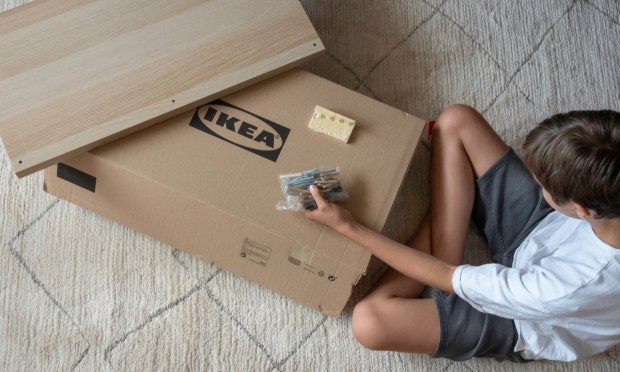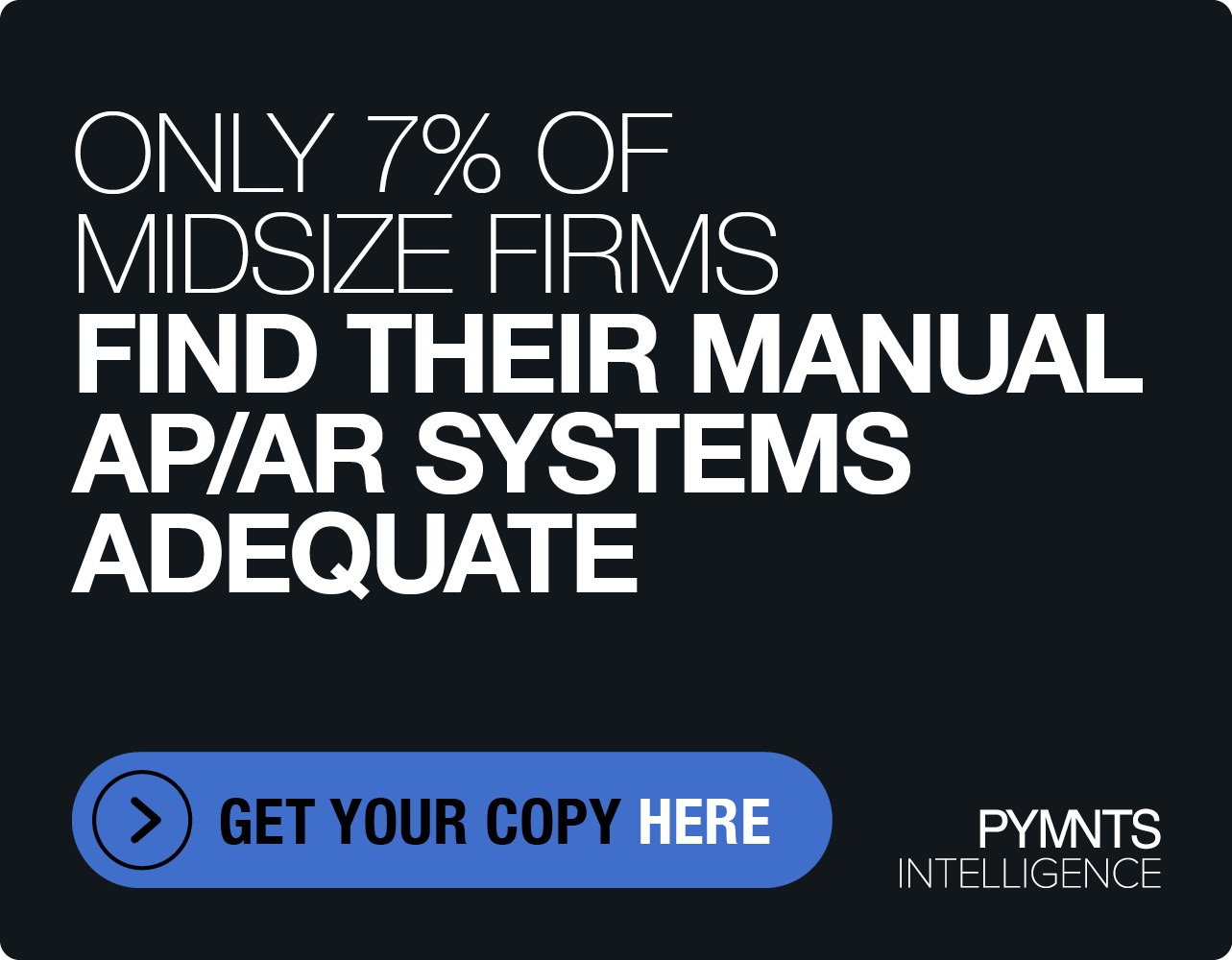IKEA Says the Time’s Right to Bring BNPL In-Store and Online

Christine Briganti, Financial Services Deployment Project Leader for IKEA, told PYMNTS that the growing embrace of buy now, pay later (BNPL) will help broaden the Swedish furniture retailer’s reach in the U.S. by improving financial flexibility at the register — online and in-store.
Tuesday (Sept. 19), IKEA announced that Afterpay’s “Pay in 4” service has debuted at its stores and website for customers in the U.S. The service lets customers pay for products in four payments over a six-week period.
As Briganti said that, with a nod to the fact that BNPL has been available in other sectors and through other merchants for years, “IKEA is a very conservative company, and we wanted to be very thoughtful about what we bring to market for the U.S. customer coming out of the pandemic.”
She contended that the current macroenvironment is ripe for the introduction of BNPL.
“Wallets,” she said, “have ‘thinned’ post-pandemic and in this inflationary period.”
And, as she told PYMNTS, BNPL has been gaining ground in mainstream commerce, and there’s not all that much education needed in the field, so to speak: Millions of consumers know how BNPL works and how it can be leveraged to make everyday commerce, and cash flow, more manageable. PYMNTS’ research has shown that more than 40% of consumers have used BNPL to pay for clothing and accessories, for example, and more than 50% of younger consumers — Gen Z, in particular — have said that they are “highly satisfied” with their BNPL options.
IKEA in particular, she added, has seen its customer base grow leery about using traditional credit cards. The partnership with Afterpay, she said, also helps “fill the gap” for IKEA’s customers “who either didn’t want traditional credit cards — or don’t qualify for traditional credit cards” and thus wouldn’t or couldn’t use that payment option.
The Pay in 4 option, she added, is also the only offering that allows IKEA customers to transact in Spanish as well — broadening the company’s demographic reach. Among the benefits of Pay in 4 functionality in expanding IKEA’s consumer base, said Briganti, is the fact that there’s no hard credit check.
Asked by PYMNTS about whether there might be some concerns that consumers might over-extend themselves — as some critics of BNPL have charged — Briganti said of the deferred payment options that “we wanted to be in this ball game and play in this arena … but we wanted to do it in a way that we knew wouldn’t put our consumers in financial hardship.” The BNPL option, she added, has been capped at $500.
“We’ve brought this to market in the right way with the right parameters to allow our customers more flexibility — but also to keep somebody who may be a little more impulsive from getting themselves into financial trouble,” she said.
Ancillary Benefits
With the introduction of BNPL, there’s also the additional, positive, knock on effect of ancillary spending. Briganti noted that a hypothetical shopper who finds that a $250 mattress is much more manageable expense spread out over several payments, at 0% interest, may find the added impetus to buy sheets and comforters as well. She noted that other retailers using Afterpay’s BNPL at checkout have traditionally seen basket sizes increase on the order of 25% to 30%.
Pay in 4 is available online and in-store, and Briganti said the mobile conduits and QR codes that had become staples of the digital shift spurred by the pandemic are now favored by IKEA’s “sweet spot” of 20-40-year-old consumers.
The joint efforts with Afterpay also have streamlined the returns process — which might be considered the very last mile of a transaction, and one that could conceivably make or break consumer loyalty.
As Briganti said, “The returns process is not fun in general for anyone involved. Not for [IKEA] co-worker, not for our consumers.” The returns process might be likened to a “tap refund” function, where a consumer returning an item in-store taps their device/digital wallet and the return is processed in the same manner as any other credit or debit card return.
“The world is changing, the financial markets are changing, and we want to make sure that we’re putting our consumers in the best spot going forward. And I think we’ve done that with this collaboration with Afterpay,” she told PYMNTS.

